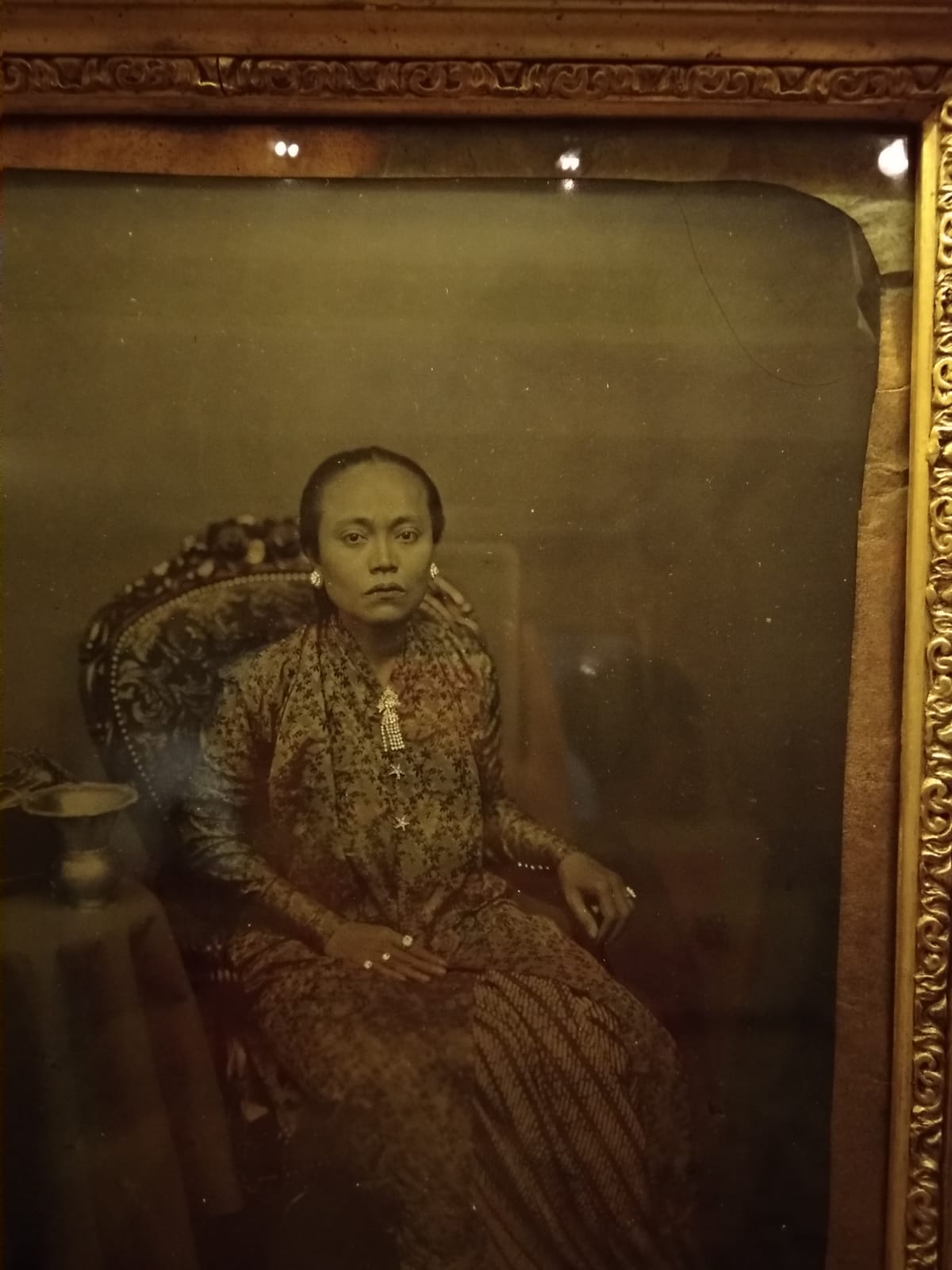During the summer break, I visited the photography exhibition at the Peranakan Museum with a friend. The exhibition was called Amek Gambar, which means taking photos in Malay.
The exhibition was rather interesting. It had a rich collection of early photographs of the Peranakan diaspora in the region and also equipment and information on those who depended on photography for their livelihood in the region. I was quite drawn by how close to home the subject matters were in the different galleries.
Unlike the usual experience of seeing old photos in older relatives’ or friends’ homes, this exhibition highlighted to me that many of these photographs we see as mementos or heirlooms are actually a part of (art, cultural) history. Also, with that new lenses, I begun to seek out more some recurring patterns in the photographs that gave hints of the technical challenges photographers and sitters had to deal with then.
1. Children
Many of the photos did not feature young children. Even when they did, often in huge family photos, the children (or their heads) are commonly seen as a blur of motion. Many family photos have small figures with completely blurred heads in the front row. I found it quite amusing, as it showed how the children were playful and hyper. But also, it exposed how uninitiated the technology was (children did not know the situation) to the masses. It also gave away the long shuttle speed cameras then operated on.
2. Sitting, literally
As mentioned, the exposure speed were often rather long for photos taken back then. As such, most of the portraiture then had the same look. The sitter was often quite literally, seated on a chair, then with their arms perched on the arm chair handle or a nearby table. The sitters usually had a very neural (almost bordering annoyed-looking) expression, which is easier to hold than a smile. This resulted in most sitters having the same posture and often stature– be it the patriarchy, matriarchy or children.
From the whole show, this particular image captivated me. I was very drawn in by how deep the lady’s eyes looked. I guess this is the charm of the analog techniques (daguerreotype).

